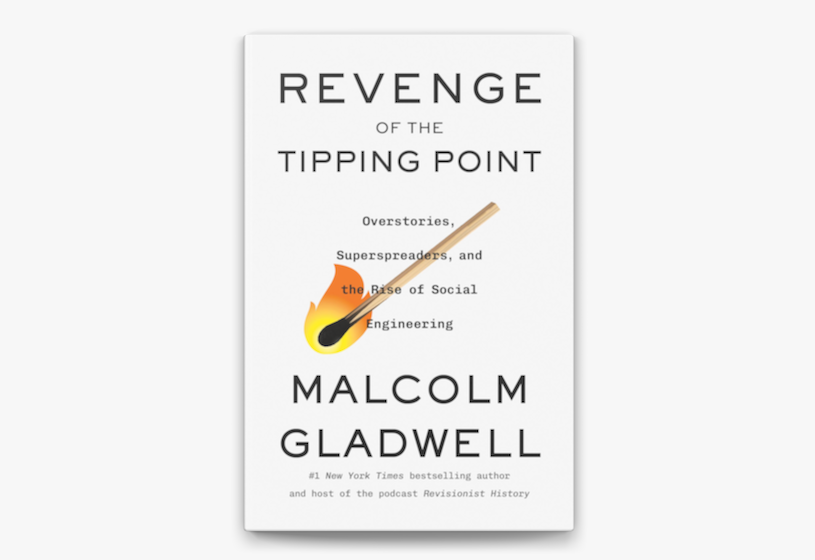AMERICANS LIKE TO THINK there’s a rational explanation for everything, from the twinkling of the stars to the vagaries of human behavior. Among other things, our faith in reason has given us the American legal system, which is based on the idea that there’s an objective truth out there, a quantifiable reality that can be nailed down if enough people hammer at it for enough time. But every once in a while, something comes along to suggest that the powers of reason we put so much trust in are actually little more than the hallucinatory firings of a hyperactive cerebral cortex. Something like the jeans war.
Designer jeans appeal to a more primitive region of the brain, the part responsible for (among other things) lust and greed. And in the final analysis, this is what Skin Tight, Christopher Byron’s controversial account of the unimaginably convoluted vendetta between two wildly successful jeans makers, comes down to—the primacy of primitive emotions, their ability to short-circuit all the high-minded institutions of Western civilization and go straight for the id. Coarse cotton fabric becomes invested with sex and catches fire with consumers, and then—whoa, stand back.
The story begins in 1977, when the three Nakash brothers—Sephardic Jews from Tel Aviv who’ve settled in Brooklyn—lose one of their discount-jeans stores to vandals during a power failure in New York. With $120,000 in insurance money, they launch their own jeans line, giving it the vaguely European-sounding name of Jordache and shrewdly putting their cash into a TV spot that shows a blonde wearing skin-tight jeans as she gallops through the surf astride a pounding steed. Having thus tapped into the universal language of adolescent female sexuality, the Nakash brothers see their enterprise mushroom within a year into a $75-million business. But then comes the recession of 1982 and the need to hedge their bets amid a softening economy.
The investment they settle on is Guess? Inc., an upstart jeans company owned by the Marciano brothers of Beverly Hills—a Sephardic Jewish clan from Morocco by way of Marseilles. For $4.7 million, the four Marcianos part with half their company and give the Nakashes equal representation on their board.

SKIN TIGHT: The Bizarre Story of Guess v. Jordache, by Christopher Byron. (Simon & Schuster, 364 pages)

 April 12, 1992
April 12, 1992






